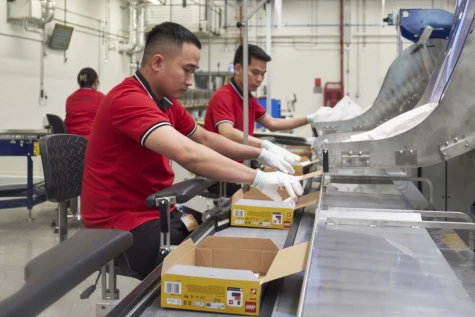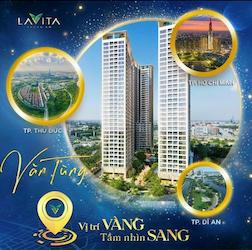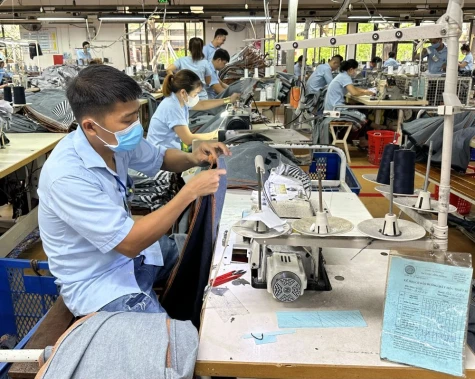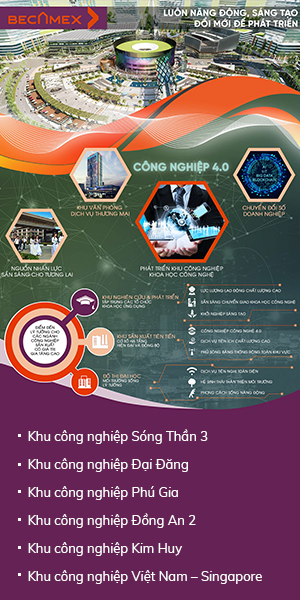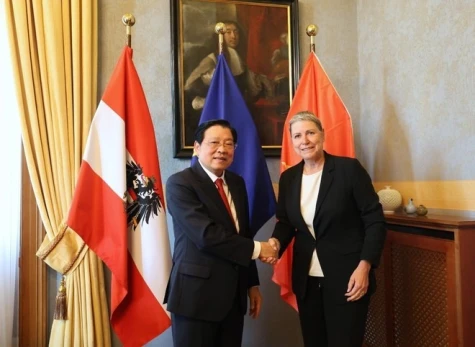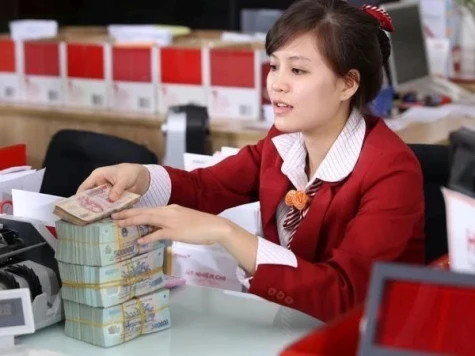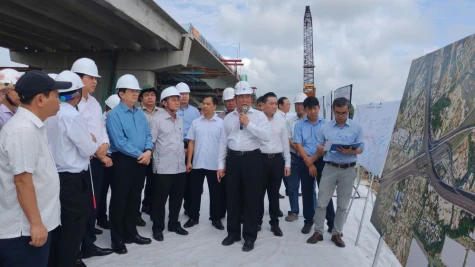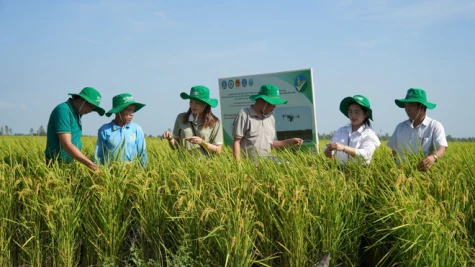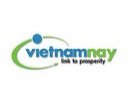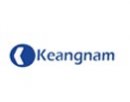To continue boosting industrial development, Binh Duong is allocating sufficient clean land for industrial park (IP) expansion, being ready to embrace the new wave of investment.
Developing high-quality IPs
Binh Duong has continued identifying industry as its foundation and breakthrough pillar, with the core being the development of infrastructure for IPs in association with urbanization. According to provincial leaders, the consistent viewpoint is that IPs are built to serve as a driving force for socio-economic development that benefits people and the country. Therefore, Binh Duong has successfully created a large land fund for developing industrial infrastructure, resulting in well-organized and efficient IPs in the eyes of investors.

Binh Duonng is home to 29 IPs in operation, many of them have established strong brand recognition. Province-based IPs have significantly contributed to attracting a large amount of domestic and foreign capital. This has played a key role in transforming the local economic structure towards industrialization and modernization, creating jobs for thousands of local workers and increasing State budget revenue. Upholding its experience in industrial infrastructure development, Binh Duong will further invest in new IPs and expand existing ones, targeting higher standards in science, technology and environmental protection and focusing on industries that bring high added values.
Assoc. Prof. - Dr. Tran Dinh Thien, former Director of the Vietnam Institute of Economics emphasized Binh Duong's construction of a new industrial ecosystem - a high-tech industrial ecosystem as well as changing its strategy to attract foreign direct investment (FDI) to give priority to attracting high-tech FDI projects, with high added value and less environmental pollution, along with the strategy to promote the 4.0 industrial revolution and develop the digital economy, continuing affirming Binh Duong's "advancement" in development.
Currently, Binh Duong is focusing on upgrading existing IPs and investing in the new-generation ones such as VSIP III, urban-service IPs, centralized IT zones… These projects are expected to create a comprehensive ecosystem for applying technology and knowledge. These new-generation IPs are anticipated to lead the transformation of existing IPs into the smart ones, helping Binh Duong establish a strong foundation in science and technology, mastering and creating new production tools based on scientific and technical advances, seizing new opportunities in the digital era and the Fourth Industrial Revolution.
According to Bui Minh Tri, Vice Chairman of provincial People’s Committee, Binh Duong is developing a new-type ecosystem and growth model—an ecosystem of innovation, science and technology, along with smart, eco-friendly, sustainable industrial and urban zones. This approach places sustainability at the center, elevating the province's industrial development to a higher level. Gradually, Binh Duong aims at creating a new economic growth engine that reduces reliance on labor and land intensity while actively participating in Vietnam’s national commitment to net-zero emissions by 2050.
Opening up development opportunities in northern region
The province’s policy of shifting industrial development toward the northern region, using industrial parks (IPs) as key drivers, has upheld its effectiveness, enabling rapid industrial growth in localities. For example, thanks to this policy, in recent years, the district has invested in upgrading its urban infrastructure system strongly with many completed belt road and radial axis projects, making Bau Bang become an industrial center in the Northern region of the province. Bau Bang district-based IPs have continued generating strong appeal among investors, significantly contributing to the local robust transformation.
Pham Ngoc Thuan, General Director of Becamex IDC stressed that in order to attract large-scale, high-tech projects, Binh Duong’s IPs must be upgraded to new standards. With current IPs reaching high occupancy rates, relocating enterprises from outside IPs in the southern part of the province to the northern ones will further propel Binh Duong’s industrialization and modernization. The successful implementation of the project to relocate enterprises and restructure the southern urban area, along with the development of smart, eco-industrial zones in the north will create a major boost for Binh Duong to maximize resources and accelerate socio-economic development.
Nguyen Trung Tin, Head of provincial IPs Management Board noted that in order to enhance competitiveness, Binh Duong is focusing on attracting investment into planned IPs. In 2025, based on the IP planning roadmap for the 2025–2030 period, provincial IPs Management Board is expected to propose planning for 10 new IPs, including Tan Lap I, Lai Hung, Binh Duong Riverside ISC, Bau Bang 4, North Tan Uyen 2, Dau Tieng 1A, Bau Bang 3, Dau Tieng 4, Dau Tieng 5, and Phu Giao 4—with a total land area of approximately 6,553 hectares.
To build momentum for the economic gateway in the northern region, Binh Duong is actively cooperating with neighboring provinces and cities to develop and upgrade traffic infrastructure and foster regional connectivity. Along with the implementation of Ho Chi Minh city’s belt roads and inter-regional expressways, careful preparation to meet investors’ demands and enhance collaboration will open new doors for Binh Duong’s breakthrough growth.
According to the local industrial land use planning for the 2021–2030 period, Binh Duong will invest in 18 IP projects with over 6,573 hectares of land. By 2030, the province’s total land area required for industrial development projects is estimated at 16,609.37 hectares.
Reported by Ngoc Thanh-Translated by Kim Tin









